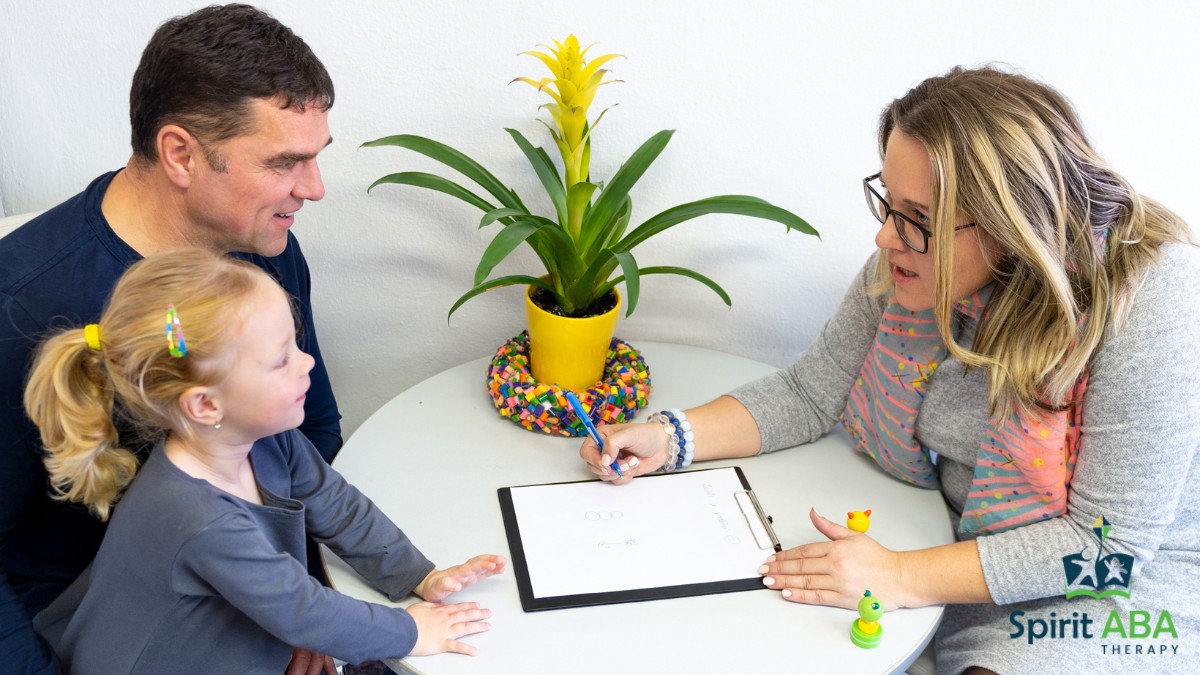Key Points:
- The ADOS and ADI-R are considered the gold standard autism assessment tools used by clinicians worldwide.
- These assessments offer a structured, evidence-based way to observe behavior and gather developmental history.
- Understanding these tools can help parents feel more informed and prepared during the diagnostic process.
When parents notice signs of autism in their child, it can be overwhelming to know what comes next. Questions swirl: What assessments are used? Are they accurate? How do they work? Getting clear answers is crucial, and it starts with understanding the gold standard autism assessment tools: the ADOS and ADI-R.
Are ADOS and ADI-R Really the Gold Standard in Autism Assessment?
Yes, they are. The Autism Diagnostic Observation Schedule (ADOS) and the Autism Diagnostic Interview-Revised (ADI-R) are internationally recognized as the gold standard autism assessment tools. These assessments are not just commonly used—they are backed by decades of research and clinical validation.
When a professional evaluation is needed to confirm or rule out autism spectrum disorder (ASD), most developmental pediatricians, psychologists, and specialists rely on these tools to ensure a thorough and accurate diagnosis. Together, the ADOS and ADI-R provide both observational and historical insights into a child’s behaviors and developmental patterns.
 What is the ADOS?
What is the ADOS?
The Autism Diagnostic Observation Schedule, commonly called the ADOS, is a structured, play-based assessment used to observe social interaction, communication skills, and behaviors related to autism. It is administered by a trained clinician who guides the individual through a series of tasks designed to prompt social responses, communication, and other behaviors.
How The ADOS Works
The ADOS is highly adaptable. It includes different modules that are selected based on the person’s age and verbal ability. There are modules for toddlers, nonverbal children, highly verbal children, teens, and even adults.
Each module includes activities like:
- Telling a story from a picture book
- Engaging in make-believe play
- Responding to social gestures or questions
- Demonstrating problem-solving skills
The clinician carefully observes how the individual responds, noting social cues, eye contact, gestures, conversation skills, and restricted or repetitive behaviors. The entire session typically lasts between 30 and 60 minutes.
Why the ADOS is so Valuable
The ADOS allows professionals to see how someone behaves in a controlled but naturalistic setting. Because it is standardized, it helps reduce bias or guesswork. It’s not about passing or failing—it’s about identifying behavior patterns consistent with autism.
What is the ADI-R?
The Autism Diagnostic Interview-Revised (ADI-R) is a comprehensive, structured interview conducted with a parent or primary caregiver. While the ADOS focuses on current behavior, the ADI-R dives into the child’s developmental history, especially behaviors seen between the ages of 4 and 5.
What the ADI-R Covers
This interview is extensive and can take up to two hours. It includes detailed questions in areas such as:
- Early language development
- Social interactions
- Play and imagination
- Repetitive behaviors or restricted interests
- Daily living skills
It may feel long, but every question is designed to build a detailed picture of the child’s early development. The information gathered is essential for ruling out or confirming autism, especially when combined with direct observation like the ADOS.
How the ADI-R Helps
Because autism symptoms can look different from child to child, gathering a consistent developmental history helps clinicians make informed judgments. The ADI-R is particularly useful for distinguishing autism from other conditions that may appear similar on the surface.
Why are These Two Tests Used Together?
The ADOS and ADI-R are most powerful when used together. One looks at current behavior; the other reviews past development. When clinicians use both tools, they get a more complete and balanced view of the child.
Think of it this way: the ADOS is like watching a movie of what’s happening now, while the ADI-R is like reading a detailed biography. One gives immediate insight; the other provides context.
This comprehensive approach helps reduce the chance of misdiagnosis and ensures that children who do meet the criteria for autism are accurately identified—and can access the support they need sooner.
What Should Parents Expect During the Assessment?
For parents preparing for a gold standard autism assessment, it’s helpful to know what to expect. Here’s how the process generally works:
Before the Appointment
You’ll usually complete some questionnaires in advance, such as developmental history forms or behavior checklists. These help the clinicians understand your concerns and prepare the right tools for assessment.
During the Appointment
A trained professional will conduct the ADOS with your child. Depending on their age and communication level, the tasks will vary. At the same visit or a separate one, the ADI-R interview will be conducted with you or your child’s caregiver. The environment, often times, is designed to be friendly and non-threatening to help your child feel as comfortable as possible.
After the Assessment
Once both assessments are completed, the team will score the results and evaluate whether your child meets the diagnostic criteria for autism spectrum disorder. They’ll then discuss the findings and recommend next steps, which may include therapies, educational support, or further evaluation.
 When Should You Seek A Gold Standard Autism Assessment?
When Should You Seek A Gold Standard Autism Assessment?
Early diagnosis is key. If your child shows signs like delayed speech, limited eye contact, repetitive movements, or challenges with social interaction, it’s wise to consult your pediatrician or request a referral to a specialist.
A gold standard autism assessment is recommended when:
- A parent or caregiver has developmental concerns
- A teacher or therapist notices consistent red flags
- A child fails a developmental screening at a well-check visit
Even if you’re unsure whether your child fits the criteria, having a comprehensive evaluation can provide peace of mind—or early intervention, if needed.
How These Assessments Support Early Intervention
One of the most important benefits of a timely and accurate autism diagnosis is access to early intervention services, like ABA therapy. The earlier children receive support, the greater their progress in communication, social skills, and independence.
The ADOS and ADI-R ensure that the diagnosis is well-supported, giving families a solid foundation to build a personalized treatment plan.
Get Support With Spirit ABA
At Spirit ABA, we understand how important a timely and accurate diagnosis is—but the journey doesn’t stop there. That’s why we’re proud to offer compassionate and evidence-based ABA therapy in Colorado, Iowa, and Nebraska for children and families navigating autism.
Our therapy plans are tailored to your child’s needs, whether they’re working on communication, behavior, or social skills. We believe in supporting not just children, but the entire family through clear communication, parent training, and progress you can see.
If your child has been diagnosed or you’re exploring your options, get in touch with us today to learn how we can help you take the next step forward.


